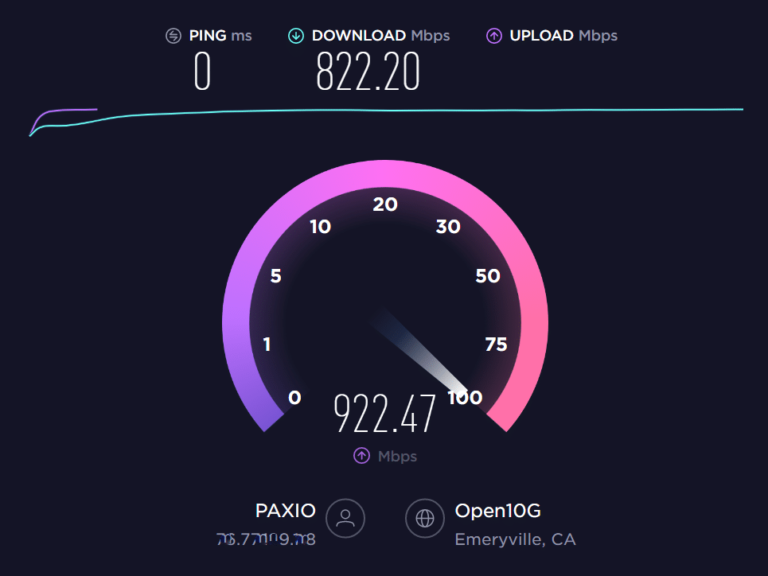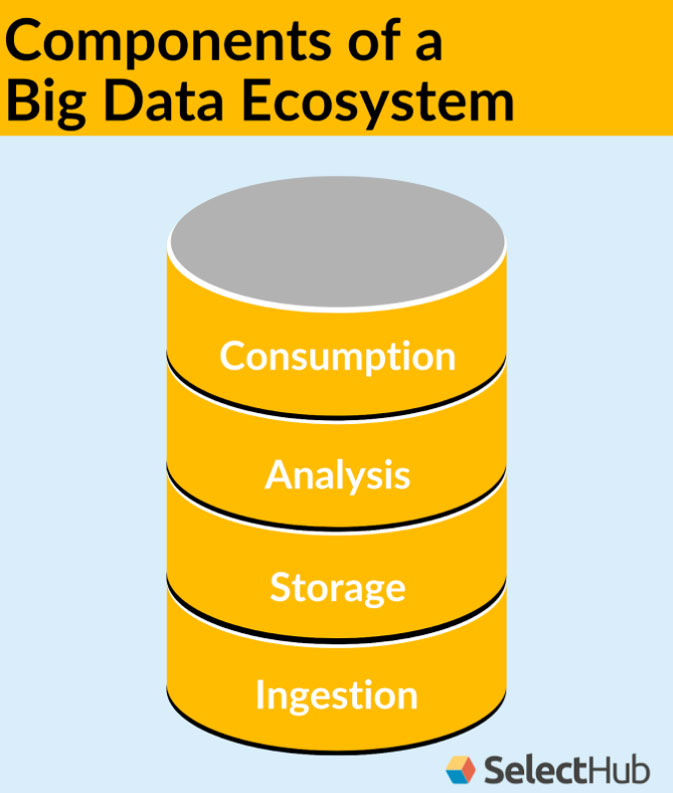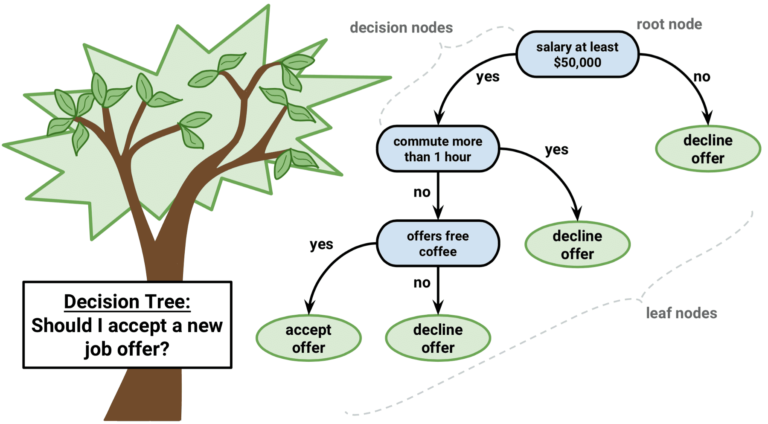Is Investing In ETF A Good Strategy?
Investing in Exchange Traded Funds (ETFs) can be a great way to diversify your portfolio and achieve higher returns. ETFs track a particular index or basket of assets, such as stocks and bonds, and can be traded on a stock exchange. They offer investors a low-cost way to gain exposure to a broad range of asset classes and markets. ETFs offer a variety of benefits, including flexibility, low cost, and diversification. They are suitable for long-term investors, as well as short-term traders. For those interested in investing in ETFs, it is important to understand the risks and rewards associated with ETFs and to consider a suitable strategy for your individual investment goals.
Understanding Exchange-Traded Funds (ETFs)
Exchange-traded funds (ETFs) are an increasingly popular investment option due to their low fees, tax efficiency, and diversification benefits. ETFs are baskets of securities, such as stocks and bonds, that trade on an exchange like a stock. Unlike mutual funds, ETFs are priced throughout the day and investors can buy and sell them at any time. ETFs offer investors diversification, as they can be made up of hundreds of different stocks, bonds, and other assets. Furthermore, ETFs are often cheaper than mutual funds since they have lower management fees and trading costs. With ETFs, investors can easily gain exposure to a wide range of markets and sectors, making them a great choice for those looking for diversification and cost-effectiveness.
Advantages of Investing in ETFs
Exchange-traded funds (ETFs) offer investors an easy and cost-effective way to diversify their portfolios. ETFs allow investors to invest in a basket of assets, providing diversification benefits at a fraction of the cost of buying individual stocks or bonds. Additionally, ETFs provide investors with access to a range of asset classes, including stocks, bonds, and commodities, which can help reduce risk and improve returns. Furthermore, ETFs are highly liquid and trade on major exchanges, which makes them easy to buy and sell. Lastly, ETFs are typically cheaper to own than mutual funds, making them a cost-effective way to invest. Therefore, investing in ETFs can be a wise choice for many investors.
Disadvantages of Investing in ETFs
Exchange-traded funds (ETFs) offer a convenient way to diversify a portfolio with a single investment. However, there are some potential drawbacks to consider before investing in ETFs. ETFs generally have higher management fees than index funds, which can reduce potential returns. Additionally, ETFs are subject to short-term capital gains taxes, which can reduce the value of the investment over time. Moreover, ETFs can be more volatile than traditional investments, leading to greater potential losses. Finally, ETFs are not actively managed, so investors have less control over their investments and may not be able to take advantage of market opportunities. Despite these potential drawbacks, ETFs can still be a valuable part of an investment portfolio. It’s important to do your research and make sure you understand the risks before investing in ETFs.
Strategies for Successful ETF Investing
ETFs (exchange-traded funds) offer investors an attractive and cost-effective way to gain exposure to a wide range of asset classes. However, in order to maximize returns, investors must develop a comprehensive strategy. This blog provides investors with strategies for successful ETF investing. From understanding the different types of available ETFs to developing a sound portfolio strategy, this blog will provide investors with the tools they need to make the most of their investments. Additionally, this blog will discuss the benefits of ETF investing, such as cost savings, diversification, and liquidity. Armed with the knowledge gained from this blog, investors will be able to make informed decisions when it comes to ETF investing.
Factors to Consider Before Investing in ETFs
Exchange-Traded Funds (ETFs) have become increasingly popular investment vehicles for investors of all levels. ETFs offer a wide variety of benefits, including lower fees and diversified exposure to multiple markets. But before diving in to ETFs, there are important factors to consider. First, it’s important to understand the risks associated with ETFs, as they can be affected by market movements and other external factors. Additionally, it’s also important to understand the cost structure of the ETFs you are considering, including any trading fees or commissions. Finally, it’s important to understand the ETF’s investment objectives, as these will determine how your investment is allocated and could affect your returns. With proper research and due diligence, investors can make informed decisions about ETFs and maximize their potential returns.
Conclusion
A blog can be a great way to express yourself, share your thoughts, and connect with like-minded people. It’s a great way to document your experiences, ideas, and opinions. Whether you’re a beginner or a pro, blogging can provide an outlet to express yourself and connect with an audience. Through your blog, you can create meaningful relationships and inspire others. Blogging can be a powerful tool to help you reach your goals, build an online presence, and grow your career. With dedication and hard work, you can make your blog a success. So get out there and start blogging!
FAQs About the Is Investing In ETF A Good Strategy?
1. What is an ETF?
An ETF (Exchange Traded Fund) is a type of investment fund that is traded on a stock exchange. ETFs track a variety of underlying assets, such as stocks, bonds, commodities, and other financial instruments.
2. What are the advantages of investing in ETFs?
ETFs offer a number of advantages over investing in individual stocks or mutual funds. ETFs are typically more diversified, cost-efficient, and tax-efficient than traditional investments. ETFs also offer investors access to multiple asset classes in a single investment vehicle.
3. What risks are associated with investing in ETFs?
Although investing in ETFs can provide diversification and cost-efficiency, there are still some risks associated with ETFs. These risks include market risks, liquidity risks, and tracking errors. Investors should do their research and understand the risks before investing in any ETF.
Conclusion
Investing in an ETF is a great strategy for a variety of reasons. ETFs provide investors with a low-cost, diversified, and liquid investment option. ETFs are also highly tax-efficient, providing investors with a great way to maximize their returns. Furthermore, ETFs allow investors to access a wide range of markets without having to purchase individual stocks or bonds. For these reasons, investing in an ETF is a sound strategy for investors looking to achieve long-term financial success.




